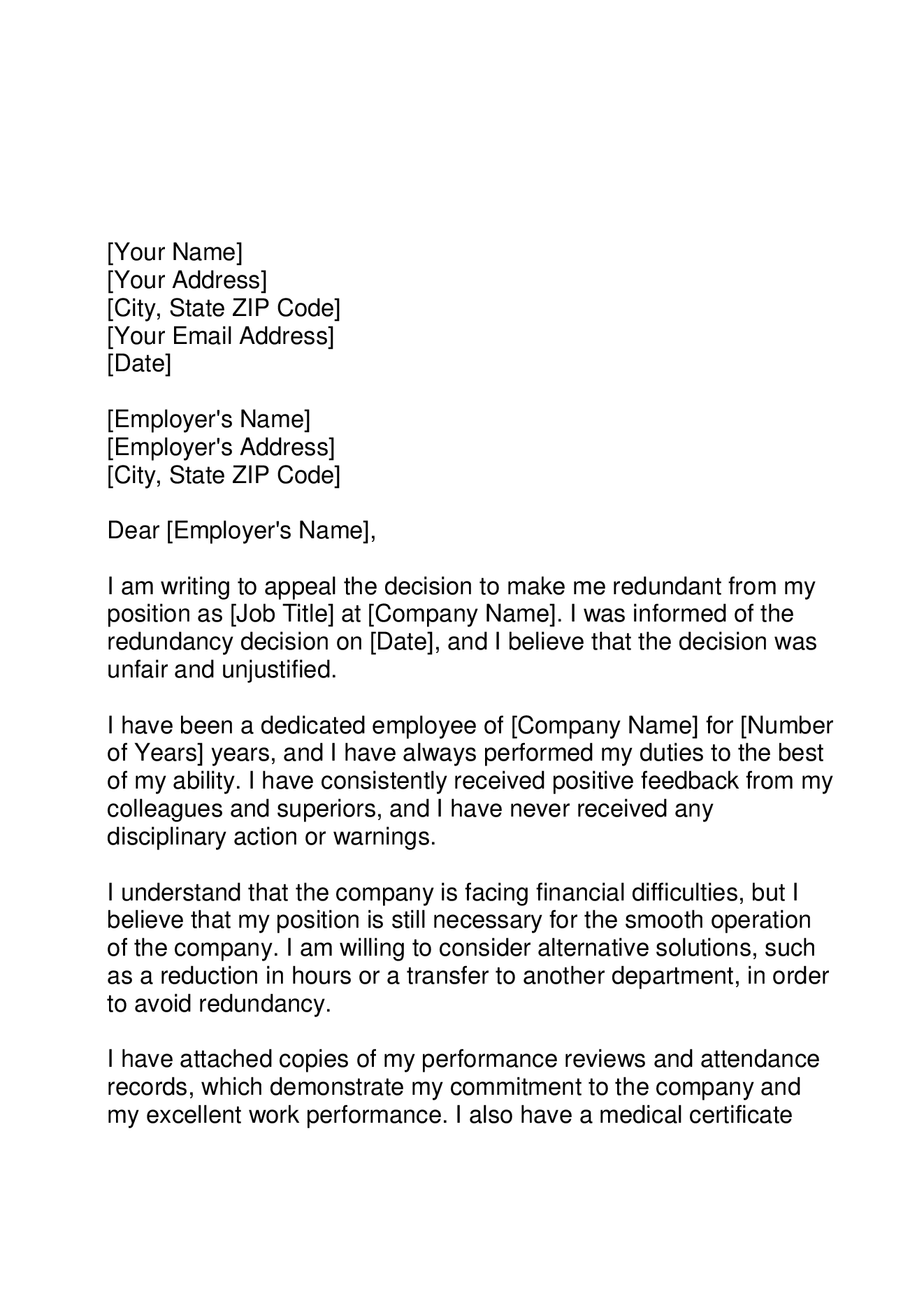Who Pays Redundancy Money? A Thorough Overview for Companies and Employees
Who Pays Redundancy Money? A Thorough Overview for Companies and Employees
Blog Article
Discovering the Operational Dynamics of Firm Redundancy and Its Long-Term Sustainability

Redundancy Techniques for Business Continuity
In order to make certain undisturbed operations, organizations must implement reliable redundancy strategies for service continuity. Redundancy in this context describes the replication of crucial elements or features within a system to alleviate the effect of prospective failures. By including redundancy techniques, companies can improve their strength against disruptions brought on by numerous aspects such as all-natural disasters, devices failures, or cyber-attacks.
One common redundancy approach is the execution of back-up systems and data storage space options. This involves producing matches of crucial data and systems that can be triggered in case of a main system failing. In addition, companies can develop redundant communication networks and source of power to maintain connection and procedures throughout unforeseen events.
Furthermore, cross-training workers to do multiple roles within the company can serve as a useful redundancy technique. If vital workers are not available due to disease or other reasons, this makes certain that important jobs can still be lugged out even. In general, reliable redundancy techniques are necessary for businesses to support operational continuity and decrease the effect of possible disruptions.
Impact of Redundancy on Organizational Durability
Provided the essential duty redundancy methods play in ensuring service continuity, checking out the influence of redundancy on business durability becomes crucial for understanding the alternative functional dynamics of a company. Redundancy, when tactically applied, can considerably contribute to enhancing an organization's resilience in the face of unforeseen challenges.
In addition, redundancy can reinforce employee spirits and self-confidence, recognizing that there are contingency plans in place to resolve unpredicted circumstances. This feeling of safety can cause boosted performance and a much more favorable workplace. Furthermore, redundancy can promote advancement and creativity within an organization as employees really feel encouraged to take calculated risks, knowing that there is a safeguard to sustain them in instance of failing. Overall, the influence of redundancy on business durability is profound, forming the long-term sustainability and success of a company.
Stabilizing Performance and Flexibility in Redundancy
Attaining an unified equilibrium in between functional efficiency and adaptive adaptability is an essential difficulty in the calculated deployment of redundancy within organizations. Also much flexibility without a strong functional structure can result in ineffectiveness and inconsistency.
To stabilize performance and adaptability in redundancy planning, organizations need to thoroughly evaluate their operational demands, market dynamics, and strategic objectives. Ultimately, discovering the ideal equilibrium between efficiency and adaptability is essential for constructing a resistant and sustainable organization in the face of uncertainty.
Long-Term Sustainability With Redundancy Preparation
To make certain enduring stability and security, companies should strategically align their redundancy planning with long-term sustainability goals, thus harmonizing functional efficiency with adaptive adaptability. Firms ought to view redundancy not as a responsive remedy to immediate issues however as an aggressive strategy for long-term success.

Aggressive Steps for Lasting Business Workflow
How can firms proactively enhance their operational sustainability for long-lasting success? Applying proactive steps is necessary for firms aiming to guarantee lasting procedures. One vital strategy is to purchase innovation and innovation to streamline processes, minimize waste, and stay affordable in the market. Embracing lasting practices such as minimizing energy intake, reducing carbon impact, and optimizing resource utilization can not only profit the environment yet likewise lead to cost financial savings over her latest blog time.
Moreover, cultivating a culture use this link of constant improvement and knowing within the organization can boost adaptability to changing market problems and client demands. Encouraging staff member participation in decision-making processes and offering opportunities for expert advancement can boost spirits, efficiency, and overall efficiency. Establishing clear objectives, keeping track of key efficiency signs, and regularly evaluating progression are crucial elements of proactive sustainability management.
Collaborating with distributors, consumers, and other stakeholders to promote sustainable techniques throughout the supply chain can create a causal sequence of favorable effect - redundancy pay if company goes bust. By taking positive steps in the direction of functional sustainability, companies can develop resilience, drive technology, and protect their long-term success in an ever-evolving organization landscape
Verdict

In the world of business administration, the tactical release of business redundancy stands as a critical yet elaborate method that requires a fragile balance between operational performance and long-lasting stability. By dissecting the operational characteristics that underpin business redundancy and evaluating its more comprehensive implications for organizational resilience and versatility, a nuanced understanding of just how redundancy methods can shape the future trajectory of a business starts to unravel.Offered the essential function redundancy strategies play in making certain company connection, checking out the impact of redundancy on business strength ends up being imperative for understanding the holistic functional characteristics of a company. Overall, the effect of redundancy on organizational strength is profound, forming the long-lasting sustainability and success of a firm.
In conclusion, recognizing the operational dynamics of firm redundancy is important for visit here ensuring lasting sustainability.
Report this page